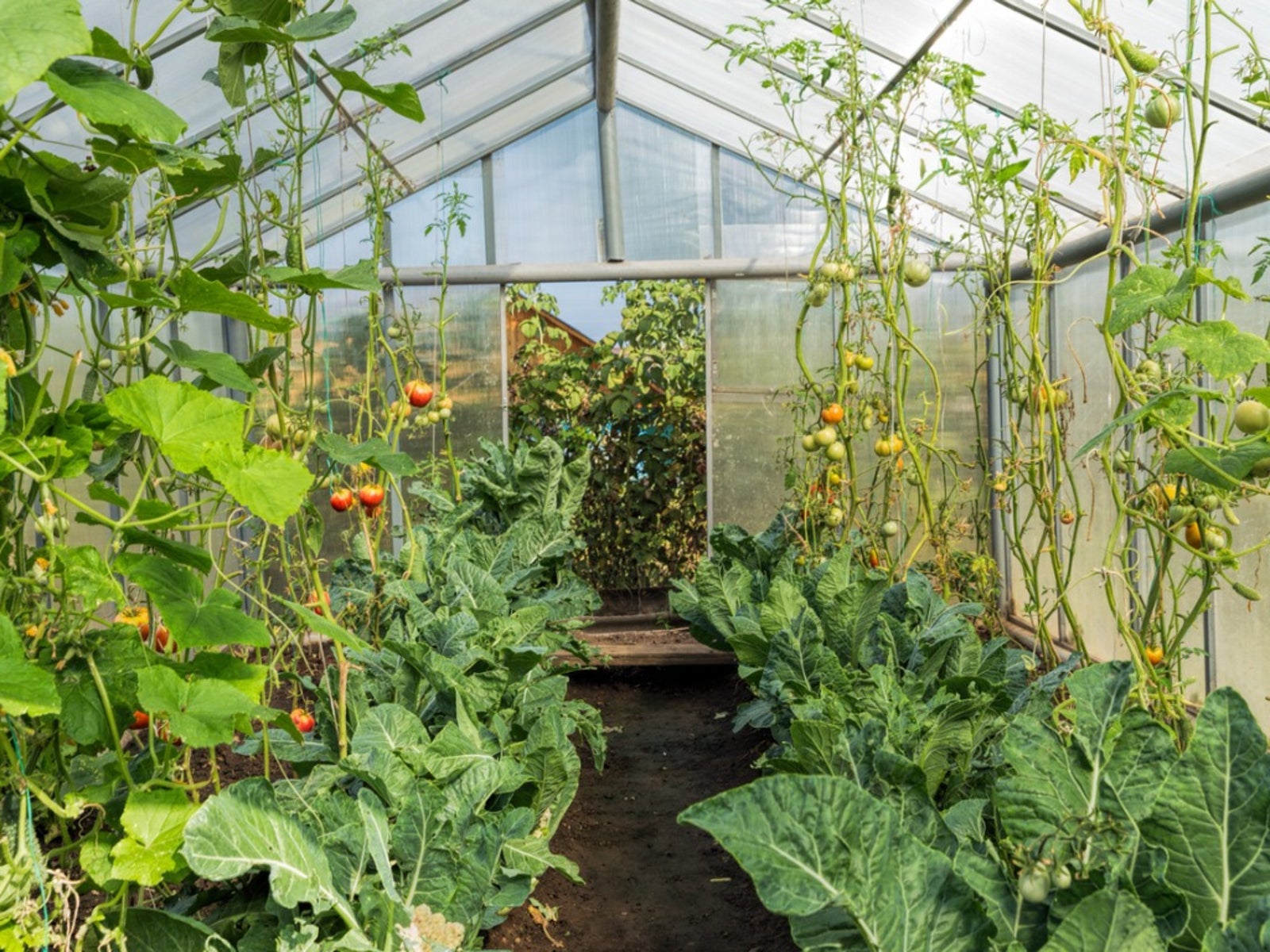Common Greenhouse Diseases: Tips For Controlling Disease In A Greenhouse


Hobby greenhouses can be a huge benefit to your garden and landscape, allowing you to start your own plants from seeds and cuttings and extending your growing season. Sadly, many gardeners are crushed when the first sign of disease pops up in their shiny new greenhouse. Greenhouse disease management is a vital part of owning one of these structures, and the most commonly neglected chore.
Preventing Disease Problems in Greenhouses
Controlling disease in a greenhouse requires a combination of good sanitation and a keen eye. Your plants may all be perfectly healthy until one rogue from the neighbor's garden is introduced, then suddenly you can't kill fungus and bacteria fast enough. Without preparation, a tiny disease outbreak can make you want to throw in the towel. There are many things you can do to minimize the risk of diseases in the greenhouse, which includes:
- Sanitizing tools, shelves, stands, pots, and mediums between usage.
- Monitoring humidity and temperature to discourage disease-friendly zones.
- Providing proper ventilation and increasing air circulation.
- Only watering plants from their bases or at their crowns to prevent water splashing.
- Cleaning surfaces regularly to discourage spore germination.
- Giving plants plenty of space so air circulates around them.
- Checking plants daily for signs of disease, discoloration, or other unusual developments.
- Quarantining new plants until you're certain they're disease-free.
Common Greenhouse Diseases
The types of greenhouse disease that home gardeners are most likely to run into are carried into the greenhouse on sick plants, floating on the wind, or vectored by insects.
Fungus
Fungal infections like powdery mildew, phytophthora, botrytis, and root rot are often encouraged by overly wet conditions and standing water on leaves. Monitor moisture levels carefully and never leave normal greenhouse plants standing in water for any amount of time. They should be watered until they start to drain and then allowed to continue draining onto the floor. When fungus takes hold, plants may wilt or develop fuzzy growths on leaves and stems - some plants simply yellow and collapse. Fungal infections on the surface of plants are typically treated with neem oil and improved circulation, those affecting the transport tissues are difficult or impossible to treat - these plants should be discarded.
Bacterial disease
Bacterial diseases, like bacterial blight and erwinia, are incurable, so if your plants develop water-soaked spots and tissues begin to melt into a sticky, gummy mess, get the sick ones out of the greenhouse and destroy them right away. Bacterial disease is often spread on dirty tools, containers, or clothing - sanitation and air circulation are key to preventing bacterial problems in the greenhouse.
Virus
Viruses appear in many shapes and sizes and are frequently carried into the greenhouse by plant-feeding insects, like aphids and thrips. Monitor carefully for insects (treating when they appear), install tightly woven screens, and rouge out already-diseased plants. Viral symptoms run the gamut, but the most common produce discolored yellow rings or mosaic pattern on leaves. Viruses are incurable and infected plants must be destroyed.
Sign up for the Gardening Know How newsletter today and receive a free copy of our e-book "How to Grow Delicious Tomatoes".

Kristi Waterworth was a regular contributor to Gardening Know How for many years, answering countless queries on plant pests and diseases.